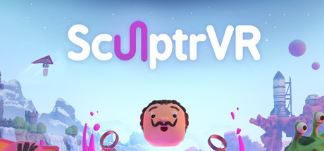Colorspace
The term “colorspace” can refer to two different concepts:
1. Color Space in Color Science
In color science, a color space is a mathematical model that describes the range of colors that can be represented in a particular system. It defines how colors are perceived, measured, and encoded. Different color spaces are used for different applications, such as printing, photography, and computer graphics.
Some common color spaces include:
- sRGB: This is the standard color space for the World Wide Web and most digital displays. It has a relatively small gamut, meaning that it can represent fewer colors than some other color spaces.
- Adobe RGB: This color space has a wider gamut than sRGB, allowing it to represent a wider range of colors. It is commonly used in professional photography and printing.
- ProPhoto RGB: This color space has the widest gamut of any standard color space. It is used by some high-end cameras and printers.
2. Colorspace in Software Development
In software development, a colorspace is a library or framework that provides functions for manipulating colors. It typically includes functions for converting colors between different color spaces, as well as for performing operations on colors, such as blending and adjusting brightness and contrast.
Some common colorspaces in software development include:
- Color::Color (Perl)
- Color (Python)
- QColor (Qt)
- System::Drawing::Color (C#)
- SVGColor (SVG)
The specific colorspace that is used for a particular application depends on the needs of the application and the platform that it is running on.


